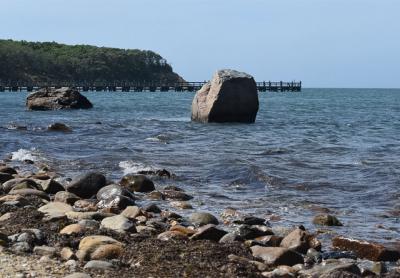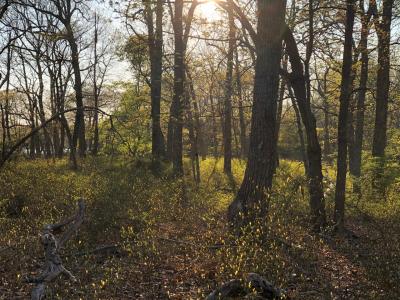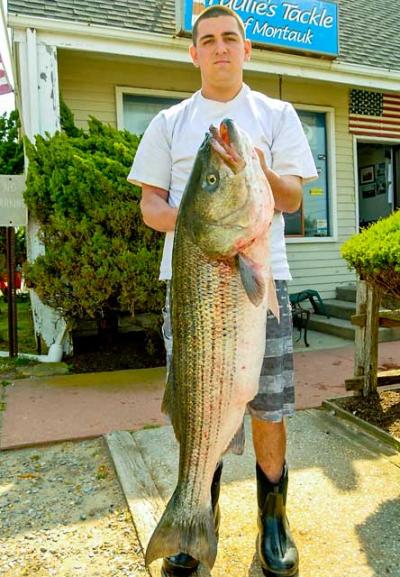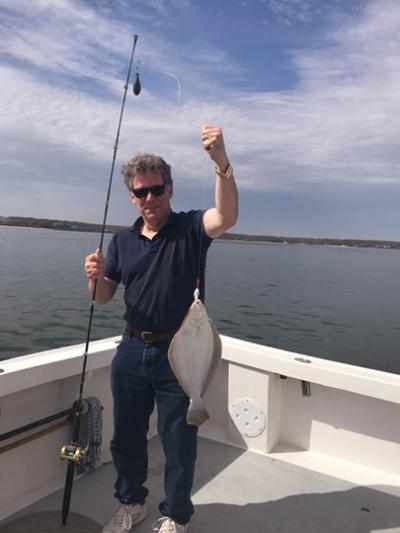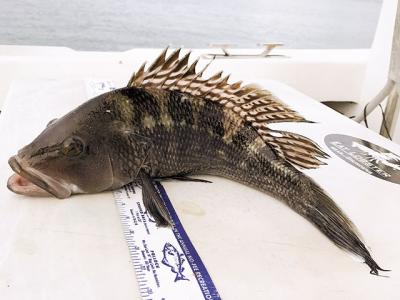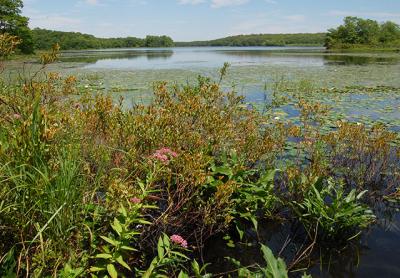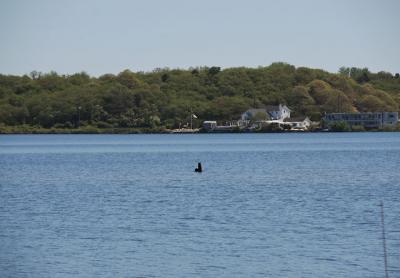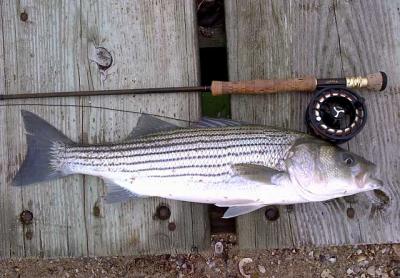Penny Pinching at the Pump
Penny Pinching at the Pump
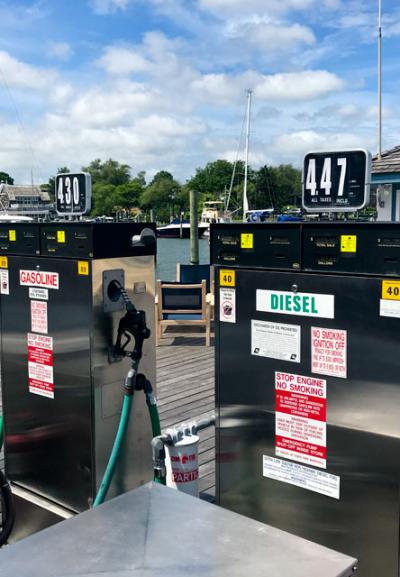
The next time you fill up your boat with fuel, you may want to have an extra credit card handy. Like the steadily increasing price on land, the cost to top off your tank at your local fuel dock has probably made you flinch, or even dissuaded you from planning that extended cruise to Rhode Island or perhaps rushing off to that distant yellowfin tuna hot spot. And from the look of things, it appears the price will continue its upward trend through the summer.
No doubt about it, basic economics come into play at which boaters, either consciously or unconsciously, tend to curb the use of their craft when the price of fuel reaches a certain point. There is a breaking point where, many times, your wallet is reluctant to get out of your back pocket.
Talking to a local dockmaster the other day when I filled up with diesel (at $4.32 a gallon), she remarked that there is indeed a point where boaters feel the pain at the pump and lessen the time they spend behind the wheel and pushing hard on the throttle. She felt that time will come if the price goes up another 50 cents. Given how quickly it has risen this year, that could happen in the next week.
After filling up and returning to port following a fishing trip on Monday, I decided to take a look back at my fuel log over the past 20 years of what my Nova Scotia-built boat has sucked down in diesel. It would also be a helpful reminder of the good, bad, and the ugly of the ups and downs of the unpredictable nature of the cost of marine fuel.
Turning back the pages of history in my weathered spiral notepad, I noticed a high point of an astounding $5.72 per gallon I paid on July 4, 2008. Ouch! I don’t recall, but I doubt I cheerily celebrated Independence Day 10 years ago with great enthusiasm after paying for my fill-up. And when I looked at whether I used my boat less when compared to other seasons when the price was lower, the answer was very clear. My hours on the water were down over 25 percent when compared to the prior season when fuel was significantly less.
Right now, the high price of fuel has not held me back from any of my fishing trips. Will that change if the price creeps up to $5? I really don’t think so. I savor and appreciate my time away from terra firma and so value the peace and solitude of a day on the water. It’s really hard to put a price tag on such pure bliss.
And if you think it through, when you consider the additional expenses like dockage, storage, insurance, bait, tackle, and rudimentary maintenance that’s involved in operating a boat, the amount spent on fuel each year makes up a rather small slice of the entire boating pie. It is okay to loosen the pockets and give your credit card a taste of some fresh, salty air as it gets processed once the tanks are full.
That all said, I have not given up my search to purchase a sailboat.
On the fishing scene, the action has firmed up in many locales with a number of different species now in the mix.
“Fishing has been really good on a lot of different fish,” said Harvey Bennett of the Tackle Shop in Amagansett. “Striped bass fishing off the beach near White Sands and Hither Hills has been excellent, with many fish in the 20-pound range being landed. Some really big bluefish are there too.” The veteran shop owner added that porgies are excellent in Cherry Harbor, while blowfish and kingfish are good in Fort Pond Bay. “And don’t forget that fluke fishing has also been solid off of Napeague, as well.”
“The fishing really can’t get much better,” said Ken Morse, the proprietor of Tight Lines Tackle in Sag Harbor. “Plenty of big bluefish and striped bass are around. Those who live-line bunker near any deep hole or point are doing really well on the bass. Weakfish are being picked up in good numbers, and the porgy fishing, too, has been great at Cedar Point.” As per fluke, Morse said that the fishing has been good, but is dependent on location. “Seems like the better action has been on the north side of Shelter Island the past week, with many large fish taken,” he said. “And if you like blowfish, you are in luck. I had one customer catch 38 the other day.” Morse recommends Noyac Bay and Long Beach as a good place to wet a line.
“The porgy bite out around Rogers Rock, Jessup’s Neck, and Shelter Island remains solid with a bit more larger fish back in the mix,” said Scott Jeffrey of East End Bait and Tackle in Hampton Bays. “Fluke are a bit tougher to find. Large bass have been chasing bunker around Shelter Island. Over all, the action is hot, so get out there and take advantage.”
Out at Montauk, windy weather has played a bit of havoc on getting to certain fishing grounds. “Fluke are around when the winds allow you to get out,” said Paul Apostolides of Paulie’s Tackle Shop in Montauk. “Striped bass fishing has been good off the beach at night with fish up to 40 pounds taken. And the bluefish have been coming and going.”
We welcome your fishing tips, observations, and photographs at [email protected]. You can find the “On the Water” column on Twitter at @ehstarfishing.

